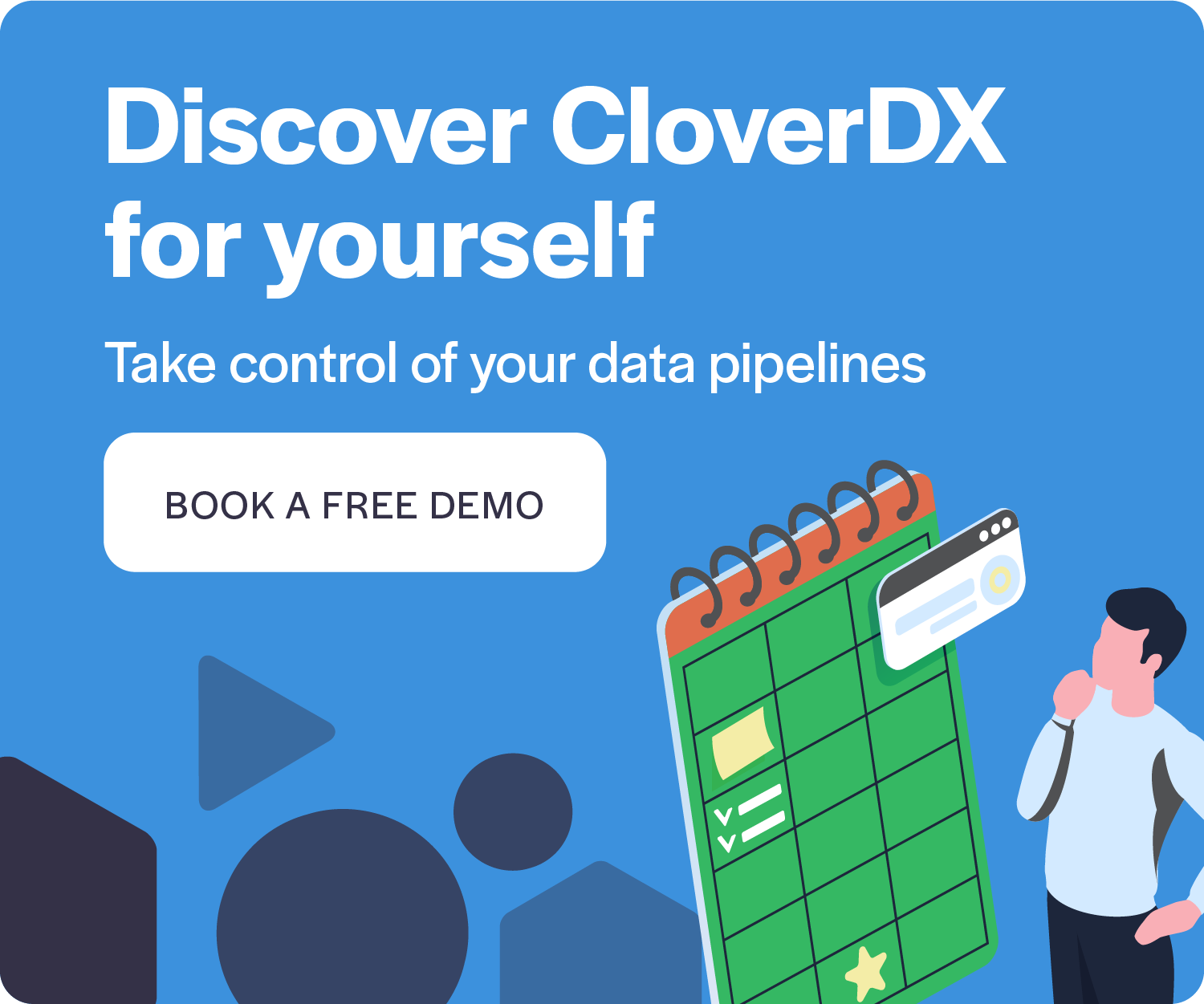What is Identity and Access Management (IAM)?
Identity and Access Management (IAM) is a vital component of an organization's data security, acting as a centralized hub where an organization can define and manage who has access to which systems, data or resources at which time. In short, IAM is a framework of policies and technologies to control access to data and safeguard sensitive data against possible attacks. It ensures that the proper people in an enterprise have the appropriate access to technology resources. IAM systems fall under the overarching umbrellas of IT security and data management.
Why is IAM important?
Identity and access management is a crucial part of minimizing data breaches and mitigating business risk. If a company doesn’t know who has access to which systems or data, or can’t manage that access reliably, the consequences can be enormous. Customer trust, regulatory compliance and financial performance can all be damaged by data breaches (and potentially even more once so the era of GDPR begins later this year).
But apart from the serious security implications, having a good IAM system can reduce IT, admin and helpdesk costs, not to mention enhancing employee productivity and making control and audit much easier.

Advantages of a centralized identity and access management system
It’s possible to build identity and access management into each individual application, requiring user authentication whenever a particular system is accessed. But this approach has several potential problems:
- It’s almost impossible to enforce policies consistently across an organization with fragmented systems
- Manually managing access and permissions makes the system very hard to scale, not to mention prone to human error that can have potentially damaging consequences
- Making it hard for users to navigate different access systems can stifle business productivity, and increase workload for IT and helpdesk teams
To overcome these issues, centralized identity and access management systems exist which provide a single platform from which to monitor and manage user permissions across an organization.
But implementing and managing these systems can sometimes create even more challenges. Not least among these is the challenge of integrating multiple different data sources into a single IAM system.
Integrating multiple data sources into identity and access management systems
IAM systems can often be reliant on multiple other data sources for information. Take as just one example an organization’s HR system - you can imagine how the IAM system might need to know when an employee leaves, so their access credentials can be automatically revoked.
And when one change is made in one system, that change may result in updates to permissions in many, many (sometimes thousands of) other systems.
A further complicating factor is that these systems can be located anywhere - in the cloud (or multiple clouds), on-premise, or frequently a combination of all the above.
It’s critical that the IAM system can ingest data from any source - no matter where it is located - in the correct format, so that the system can respond to new data and adjust access permissions across every application accordingly.
Different data formats can cause IAM problems
The problems start when not all of the sources that feed data into the IAM system store that data in exactly the same format. The IAM system can be strict about what data it ingests, and it needs to understand exactly what data it is receiving, and what that means.
Automate feeding data into identity and access management systems with CloverDXThis has often meant a need for a large development team to prepare, clean and manage multiple data streams. Building in-house scripts to transform and integrate data into IAM is expensive (as it requires highly skilled developers), time-consuming (not only to build, but also to comprehensively test and deploy) and risky (with scripts becoming too complex and unwieldy over time, or one person with all the knowledge leaving the company).
Data integration for identity and access management
Building in a data integration solution to your IAM architecture can avoid many of these problems.
A data integration platform can bring:
- Reliable, constantly up to date access management
- Seamless integration of different data sources, and transforming that data into a standardized format that is compatible with the IAM system, means knowing that user information and permissions are always accurate and current.
- A single source of truth
- Synchronising information from a variety of systems enables business-wide consistency and auditability, helping to ensure security and regulatory compliance.
- More efficient workflows with more power to less technical teams
- An intuitive interface brings more control to business (as opposed to highly technical) users. Managing and maintaining user permissions becomes easier and more efficient when it doesn’t have to be done by expensive developers.
- Flexibility to work how you need
- A data integration tool which offers both the speed and convenience of pre-built connections, and the power of working directly in code, brings the best of both worlds. The technical team can focus their efforts on where they make the most impact, with the tools they need, and can minimise duplication of work by creating reusable templates for business users to work with.
- Time and money savings with automation
- Automating data transformations, processes and reporting reduces unnecessary duplication of work, and makes scaling your system to accommodate new users and applications possible.
- Less human error with better transparency
- Find and fix any problems quickly, with full visibility into the data integration processes and automated error notifications.
- Minimized business risk with standardized processes
- Avoid the problem of knowledge silos, and the inherent risk of valuable employees leaving. With standardized processes, and full auditability, it’s simple for others to see what is happening and to ensure business continuity.
Using a data integration platform to integrate multiple data sources into an identity and access management system can bring all these benefits, and ensure your IAM system performs to the best of its capability.
Case study: How one leading bank integrated data from thousands of systems into their IAM platform









